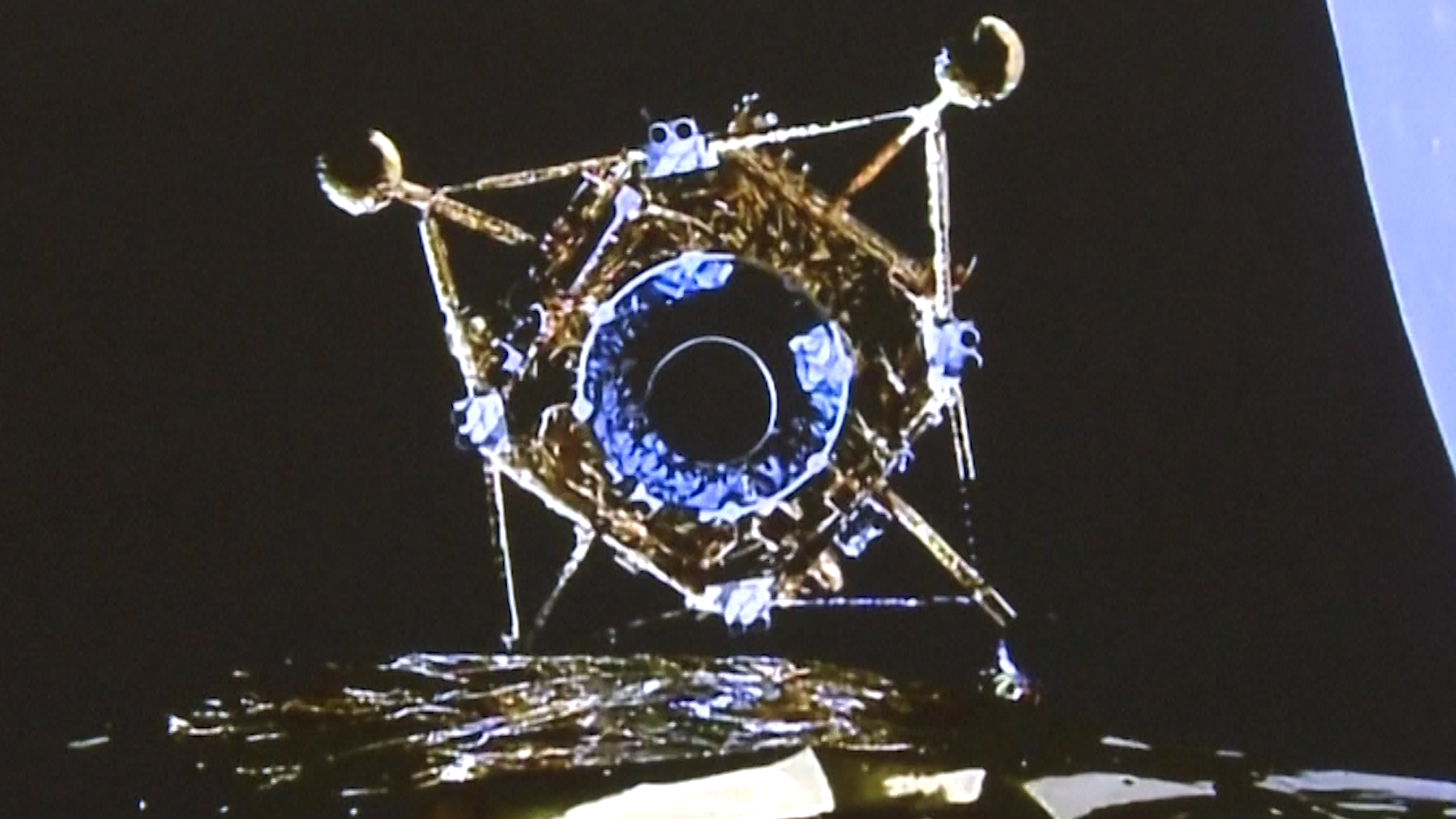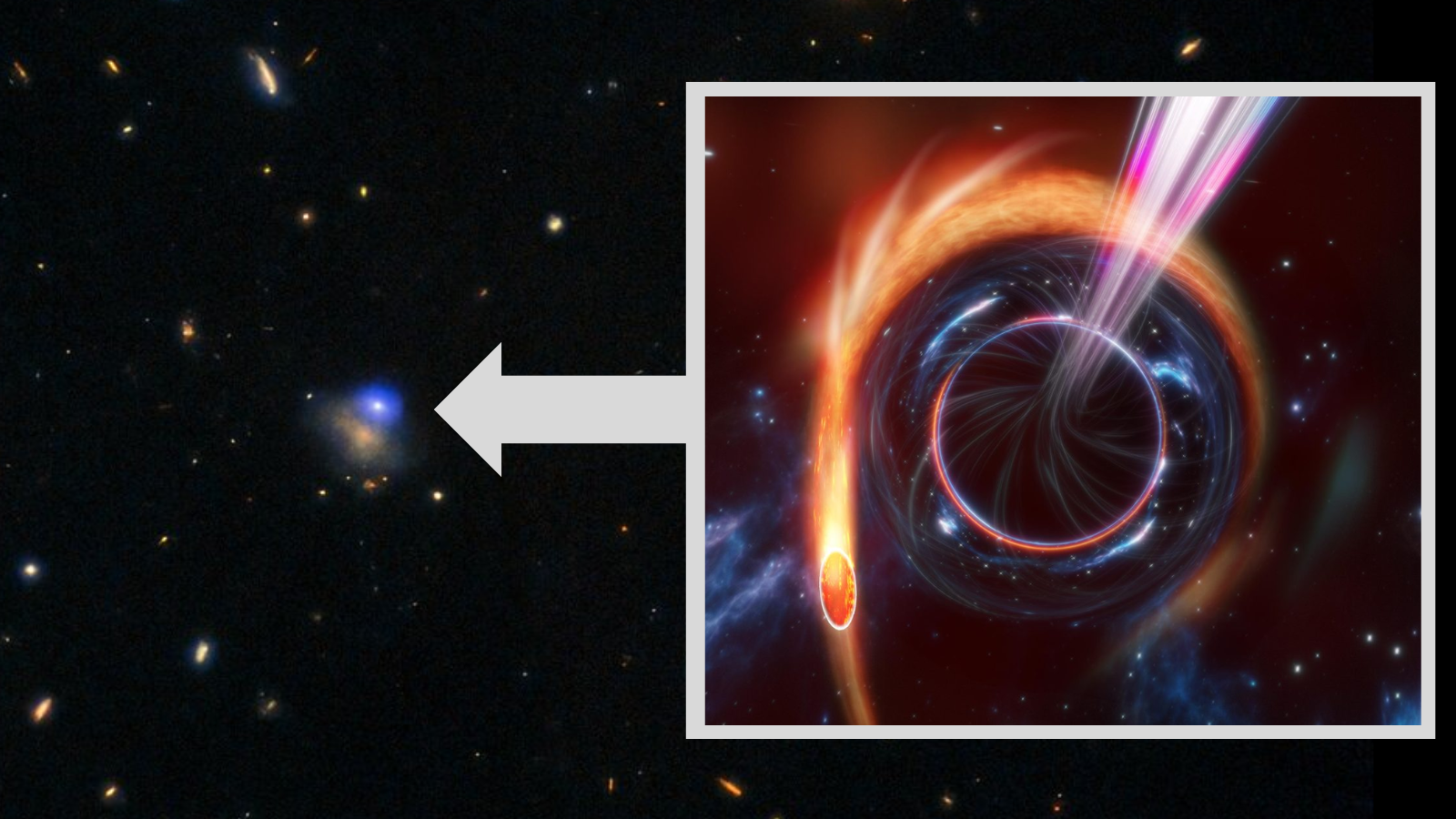China's Chang'e 5 poised for historic moon landing to collect lunar samples
China has reached a major milestone in its quest to bring home moon rocks, with its Chang'e 5 mission spacecraft separating into two pairs of vehicles in preparation for a lunar landing.
The Chang'e 5 spacecraft launched on Nov. 23 intent on becoming the first mission to bring lunar samples to Earth since 1976; the mission reached lunar orbit on Nov. 28. According to China's state-run news agency Xinhua, the mission's orbiter/return vehicle and its lander/ascender vehicle separated in lunar orbit yesterday (Nov. 29) at 3:40 p.m. EST (2040 GMT; 4:40 a.m. Beijing time on Nov. 30). That move sets the stage for a landing near the peak of Mons Rümker, a mountain in the Oceanus Procellarum ("Ocean of Storms") region of the moon.
"The spacecraft is performing well and communication with ground control is normal," officials with China's National Space Administration (CNSA) said according to Xinhua.
In pictures: China on the moon! A History of Chinese lunar missions
The lunar orbiter and the return spacecraft will continue circling the moon while the lander and ascent vehicle will head toward the lunar surface at a time yet to be announced by China. That landing should happen soon, as the solar-powered Chang'e 5 lander will only two weeks (one lunar day) in which to collect samples. The Chang'e 5 mission is expected to last about 23 days in all, CNSA officials have said.
If all goes well, the pair will touch down gently within the Oceanus Procellarum plain and collect about 4.4 lbs. (2 kilograms) of moon rock, including from a depth of about 6.5 feet (2 meters). Within two weeks, the samples will be packed into the ascent vehicle to blast off the lunar surface and meet up with the orbiting spacecraft.
China already has three active spacecraft on the lunar surface: the Chang'e 3 lander, which arrived in 2013, and the Chang'e 4 lander and Yutu 2 rover, which landed on the far side of the moon in January 2019. All of these missions are part of China's ambitious Chang'e lunar exploration program.
Breaking space news, the latest updates on rocket launches, skywatching events and more!
The Chang'e 5 mission is the country's first attempt at a sample-return mission. If it is successful, it will return its moon rock samples to China in mid-December.
Email Meghan Bartels at mbartels@space.com or follow her on Twitter @meghanbartels. Follow us on Twitter @Spacedotcom and on Facebook.

Meghan is a senior writer at Space.com and has more than five years' experience as a science journalist based in New York City. She joined Space.com in July 2018, with previous writing published in outlets including Newsweek and Audubon. Meghan earned an MA in science journalism from New York University and a BA in classics from Georgetown University, and in her free time she enjoys reading and visiting museums. Follow her on Twitter at @meghanbartels.

